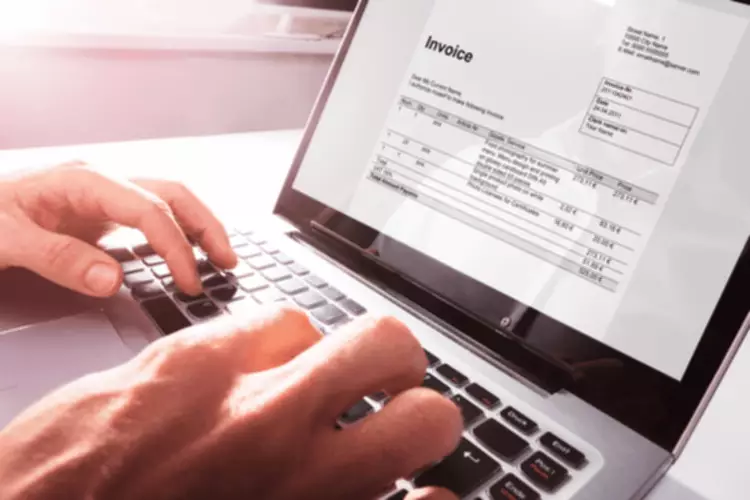Understanding and Tracking Time with a Billable Hours Chart
Content

It automatically tallies up your billable hours from the timesheets, calculates utilization rates as well as tracks hours spent on non-billable work. The only thing you need to do to get this data is to make time registrations a staple in your routine. There are many software options out there, designed to aid resource and practice management. This software not only helps offices keep track of billable hours, but also makes other useful tasks easier, like productivity analysis, costing, reports, invoicing, and accounting. Saviom, a resource management and workforce planning software. Regarding billable hours, Saviom can help managers better understand their employees’ workflows, projects, and productivity.
- You can doubt whether or not a task is billable and not include it if you’re unsure.
- Outside of reducing time spent in non-billable meetings, you can speed up many of your team’s tedious, manual activities with software.
- Billable hours are the hours you spend on tasks that you can charge clients for.
- However, you won’t know how long it takes each employee to complete various tasks unless you track their time on them.
Keeping a close eye on your billable percentage and being able to account for all billable and non-billable work is critical for preparing for performance reviews. Lawyers, along with other legal professionals, spend a lot of time on multiple tasks, each task usually relating to one client. As a result, it is most productive to charge clients based on their time spent working rather than charging them for each activity. Billable hours are the amount of time spent working on business projects that can be charged to a client according to an agreed upon hourly rate. Businesses, agencies, entrepreneurs and freelancers all frequently use billable hours to charge clients for the services they provide. To charge by billable hour, workers need to track the amount of time they spend on each client’s projects every day. Before you start tracking your billable hours, you first have to determine the hourly rate you’ll charge clients for your work.
Only one technique isn’t enough for a complete analysis
When you’ve set expectations for time devoted to billable work, as well as given employees room for non-billable tasks, you can see whose performance is truly lacking. But without recognizing the value of non-billable hours, you can’t truly know whose work is contributing to the growth of your organization. Non-billable hours, on the other hand, are often spent on activities that benefit your organization at large, not just one specific client. Since some non-billable hours help speed up the project, it is good to track this, so you can know how much non-billable time is required for a particular project. If more non-billable hours are required for a project, you may be working at a loss.

So, for example, breaks, personal time, vacation time and meetings about unrelated matters are not billable. Some things, like attending to correspondence and talking to co-workers are harder to either include or exclude. One court has noted that “problems created by billable hours have brought about a storm of criticism directed to the legal profession, especially when there are excessive billable hours”. Lawyers trying to increase their billable hours may behave in ways that are not in the interests of the client. For the purposes of the weekly billable hours goal, all labor tracked with a billable Work Type will count as billable hours. For information on setting up Work Types, refer to Introduction to billing for labor. You might find that a particular type of project would be better billed at a fixed price to better reflect the overall work and effort put in by your team.
RESOURCES
A good percentage could be anywhere between 75% and 100%. The last thing relevant to tracking billable hours is sending the invoice. Calculate the total hours for each customer and send out a professional and accurate invoice. Whether done manually or by a time tracking tool, billable hours need to be logged. It’s best to automate it, even if it’s through a simple time tracking app. We have built easy-to-use billable hours tracking app that allows you to track time with the least effort and interruption possible.
- While it might be faster to bill for blocks of time, list tasks separately for accuracy, accountability, and clarity to clients.
- Are you looking to figure out how to calculate billable hours for your business?
- Standard postage costs are commonly charged to the client.
- Whether you have an office-based team or work closely with freelancers, when planning your business activities, you need to know who you need and when.
- This would be a terrific opportunity to discuss your branding strategy, plan your future moves, and exchange your ideas on how to achieve better results.
- At the end of the day, we need to change our mindset about non-billable time.
This is one of your personal administrative tasks and the client most likely won’t expect to pay for it. If you know what you’re doing, invoicing should only take a few minutes. There are many advantages to tracking billable hours and one of those is that you don’t need any calculations when you’re finished.
Indicator 3: How to make future projects more successful
You need to make sure that you are only charging for work performed and not for personal time spent on non-related tasks. “Clients love to feel like they’re getting something for a better value. ClickTime’s timesheet solution can speed up your timekeeping process.
What it means to be billable?
billable in British English
(ˈbɪləbəl ) adjective. referring to time worked, esp by a lawyer, on behalf of a particular client and for which that client will be expected to pay.
Taking another short break a couple of hours before finishing work for the day. By recognizing the important efforts employees billable hours make to benefit your organization, you can attract and retain team members who are always looking for ways to improve.


